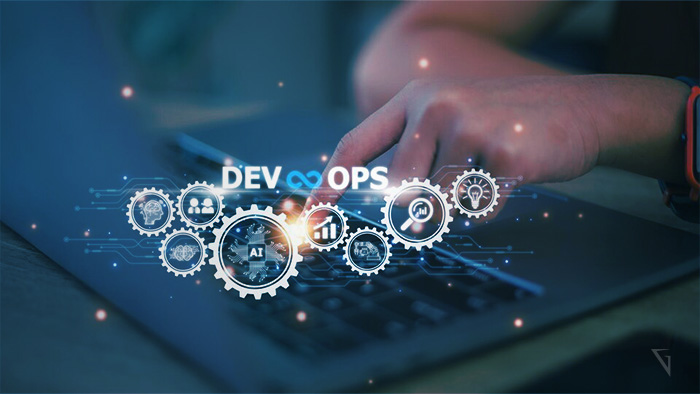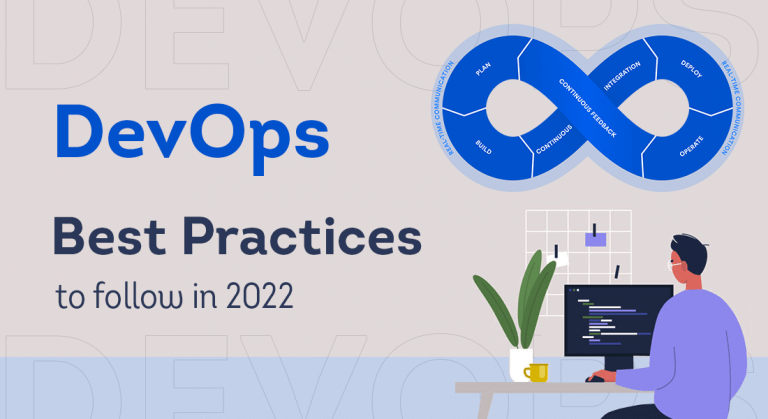Does Swift provide any tools or frameworks for automated deployment and DevOps?
Yes, Swift provides a range of tools and frameworks that aid in automating deployment and implementing DevOps practices. These tools, when used effectively, can help streamline the software development lifecycle, improve team collaboration, and enhance productivity. One of the most widely used tools in the Swift community is Fastlane. Fastlane is an open-source framework that simplifies deployment and release management tasks for iOS and macOS apps. It offers a rich set of features, including automated code signing, screenshot capturing and uploading, beta testing distribution, and App Store deployment. Fastlane can be easily integrated into Xcode projects and allows developers to define automated workflows using a declarative configuration file. In addition to Fastlane, Xcode Server is another tool provided by Apple that aids in continuous integration and delivery (CI/CD) for Swift projects. Xcode Server integrates seamlessly with Xcode and enables teams to set up a Mac machine as a dedicated build server. It provides capabilities for building, testing, and archiving Swift apps, as well as triggering


